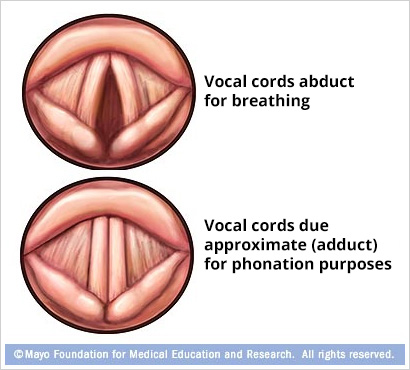Larynx Cancer Treatment
The control region of the throat that enables us to take in air consists of the Larynx, Oral Cavity and the Pharynx leading into the Trachea. From the pharynx into the esophagus the throat leads to a split, this separates entries for breathing and consuming food/liquids.
The Throat is comprised of three parts – the Upper Larynx, Lower Larynx and the Vocal Cords.
Throat (Larynx) Cancer – What is it?
Throat (Larynx) Cancer – Who are the potential sufferers?
Throat (Larynx) Cancer – What are the symptoms of cancer?
Throat cancer symptoms are based on location. One or more of three main symptoms can be found at the same time:
- Hoarseness
- Difficulty in swallowing
- Shortness of breath
Other symptoms, in some cases there may also be:
- Ear pain
- Wound in the neck
- Swelling in the neck
Throat (larynx) Cancer - How is it diagnosed?
Throat (larynx) Cancer - How is it treated?
ENT specialist in the field of laryngeal cancer treatment, work and coordinate the management of the illness as a team with radiation oncologists and medical oncologists. The size of the tumor and cancer staging is evaluated. Then the Physician together with the relevant specialists, in light of discussions, results, tests and diagnosis put their jointly made treatment plans to the patient.
The treatment can sometimes require surgery and sometimes radiation treatment but may also sometimes require both surgery and radiation.
Throat (Larynx) – What are the Principles of Cancer Treatment?
Qualitative Life: In the case of each and every single one treatment the physician and patients first and foremost priority is to ensure that the patients quality of life and can be continued/improved. The intention is to eliminate or subdue pain thus giving the patient the ability to breathe more comfortably, eat their meals comfortably and sustain their speech.
Survival: If untreated or in advanced stages of Throat Cancer sadly this can lead to loss of life, though the common aim of the cancer treatment is of course is to get rid of the disease from the larynx and the best possible way for the continuation of their life.
Throat (Larynx) – More About Cancer Surgery
The planning for surgery will vary depending on the region where the throat cancer is located. If possible, the surgery is intended to remove the cancer and leave the healthy and functional parts of the throat intact.
If the cancer is in the upper larynx, above the vocal cords, or above the band behind the vocal cords, or if the tongue base is note widely involved, partial removal of the larynx (supraglottic or partial laryngectomy) these patients are considered suitable for surgery. Nowadays it increasingly common to perform oral surgery, i.e. can be accomplished without opening the neck.
Another operable cancer is if the patient has larynx cancer on one of the two Vocal Cords, in these cases partial removal (partial laryngectomy) of the larynx may be a viable option.
If the cancer has spread to both of the vocal cords, and/or the band behind the vocal cords holding them, these patients will not be suitable for partial surgery. In cases where the trachea is diseased, this is where the function of breathing is controlled, the trachea will be dissected and this bodes the risk of all types of liquids filling the trachea thus life cannot be sustained. In these cases, an operation will be performed so as to remove the entire larynx.
The physician will remove any infected foci cervical tissue whilst operating where the spread of cancer prevails.
Throat (Larynx) Cancer - When could it be a threat to your life?
Throat (Larynx) Cancer – How to Live with Cancer?
Throat (Larynx) Cancer – Can the patients speak?
The larynx performs the function of swallowing in conjunction the windpipe performing the functions of breathing as well as the providing the function for the ability to speak. If a portion of the larynx has been removed surgically or if the patient has received radiation therapy, they will still have ability to speak but the voice may be affected and become slightly hoarse. If the entire larynx is removed (Total Laryngectomy), then there are three main methods for providing speech:
- Esophageal Tone
- Electrolarynx
- Placed Between the Trachea and Esophageal (Tracheoesophageal) speaking with the aid of prosthesis.
Out of all of these techniques, the most fluent and intelligible speech is achieved by the last option, the prosthesis.





